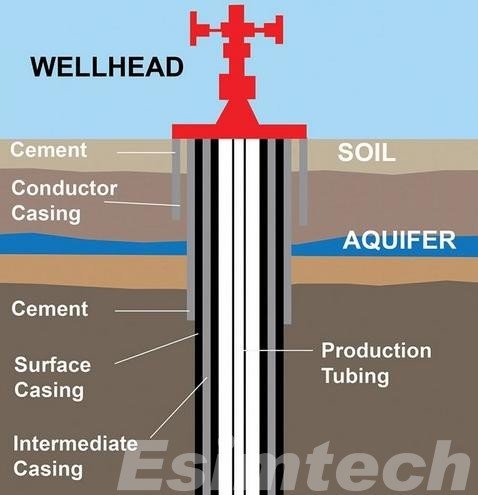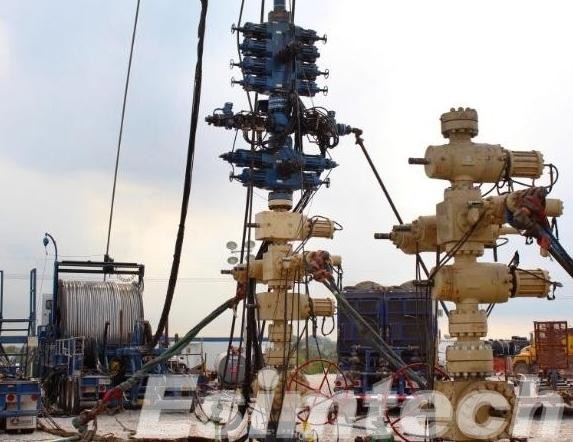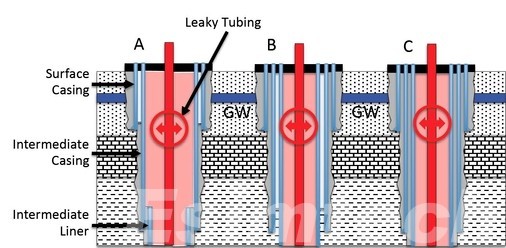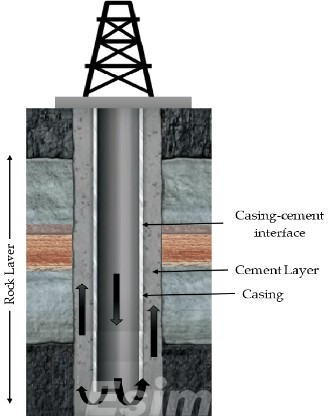How to Ensure Long-term Integrity in Well Cementing
Well cementing plays a crucial role in the lifecycle of a well, providing essential barriers to prevent fluid migration, stabilize the wellbore, and protect against corrosion. To ensure the long-term integrity of well cementing, it is important to follow a comprehensive approach encompassing planning, execution, and monitoring.

Why Long-term Integrity in Well Cementing is Important
This chart highlights the key reasons why maintaining long-term integrity in well cementing is vital for safe, efficient, and compliant well operations.
| Aspect | Importance |
| Fluid Migration Prevention | Prevents the unwanted movement of fluids between formations, which can lead to contamination of groundwater or reservoir depletion. |
| Wellbore Stability | Ensures that the wellbore remains stable and intact, reducing the risk of collapses or other structural failures. |
| Corrosion Protection | Provides a barrier that protects the casing and wellbore from corrosive fluids, extending the life of the equipment and reducing maintenance costs. |
| Pressure Management | Maintains appropriate pressure levels within the well, preventing blowouts and other pressure-related issues. |
| Operational Efficiency | Contributes to smooth operations by minimizing the need for corrective actions or repairs, leading to cost savings and reduced downtime. |
| Regulatory Compliance | Ensures adherence to industry standards and regulations, avoiding legal issues and potential fines. |
| Safety Assurance | Enhances the safety of drilling and production operations by minimizing risks associated with well integrity failures. |
| Environmental Protection | Protects the surrounding environment by preventing leakage of hazardous substances, which can lead to environmental damage and regulatory penalties. |
| Long-Term Performance | Ensures the well continues to perform effectively over its operational life, maximizing return on investment and resource recovery. |

Key Strategies to Ensure the Long-term Effectiveness of Well Cementing
1. Proper Cement Formulation
- Cement Type Selection: Choose the appropriate type of cement based on the well conditions, such as temperature, pressure, and the presence of corrosive agents. Common types include Class A, C, and G, with specific formulations tailored for different downhole environments.
- Additives and Modifiers: Incorporate additives to enhance the cement’s properties. These may include retarders to control setting time, accelerators for faster setting, and lost-circulation materials to prevent fluid loss. Tailoring the formulation ensures that the cement can withstand the well’s operational conditions.
2. Accurate Wellbore Evaluation
- Formation Evaluation: Conduct thorough wellbore evaluations of the geological formations to understand properties and potential challenges in well cementing. This includes assessing rock permeability, temperature gradients, and pressure conditions.
- Hole Cleaning: Ensure that the wellbore is free from debris, mud, or other contaminants before cementing. Proper hole cleaning techniques, such as circulating drilling mud, help improve cement bonding and reduce the risk of weak spots.
3. Effective Cement Placement
- Casing Centralization: Use centralizers to keep the casing in the center of the wellbore. This promotes even cement distribution around the casing and reduces the risk of channeling or uneven bonding.
- Displacement Techniques: Employ effective displacement techniques to ensure complete and uniform cement placement. This involves using spacer fluids to separate the cement from drilling mud and ensure that the cement fills the annulus effectively.

4. Quality Control and Testing
- Lab Testing: Perform laboratory tests on the cement mix to verify its properties, such as compressive strength, density, and fluid loss. Ensure that the cement meets the required specifications before use.
- Field Testing: Conduct field tests, including logging and pressure tests, to verify the integrity of the cement job. Use tools like cement bond logs (CBL) and ultrasonic logs to assess the quality of the cement bond.
5. Long-Term Monitoring and Maintenance
- Regular Monitoring: Implement a monitoring program to track the well’s performance over time. This includes monitoring for any signs of fluid migration, pressure changes, or other indicators of potential issues.
- Maintenance and Remediation: Develop a plan for periodic maintenance and remediation if issues arise. This may involve re-cementing sections of the well or implementing other corrective measures to address any integrity concerns.
6. Compliance with Regulations
- Adhere to Standards: Follow industry standards and regulations related to well cementing. This includes guidelines from organizations such as the American Petroleum Institute (API) and local regulatory bodies.
- Documentation and Reporting: Maintain detailed records of the cementing process, including formulation, placement, and testing results. Proper documentation supports regulatory compliance and helps in troubleshooting any future issues.

How Simulations Contribute to Maintaining Long-term Integrity in Well Cementing
Oil and gas simulation tools are powerful in well cementing, offering critical insights and improving decision-making to ensure long-term integrity.
1. Predicting Cement Behavior
- Thermal and Pressure Effects: Simulations can model the effects of temperature and pressure on cement behavior. This includes predicting how cement will set and cure under different downhole conditions, helping to ensure that the cement performs as expected throughout the well’s lifecycle.
- Chemical Reactions: Simulating chemical reactions between the cement and formation fluids can help identify potential issues such as cement degradation or the formation of harmful byproducts.
2. Optimizing Cement Formulation
- Additive Impact Analysis: Simulations can assess how various additives and modifiers affect the properties of cement. This helps in optimizing the formulation to achieve desired characteristics such as strength, set time, and resistance to corrosive agents.
- Custom Formulations: By modeling different scenarios, simulations help in developing custom cement formulations tailored to specific well conditions, improving the likelihood of successful cement placement and long-term performance.

3. Enhancing Placement Techniques
- Cement Displacement: Simulations can model the cement displacement process, including the flow dynamics of cement and spacer fluids. This helps in optimizing displacement techniques to ensure complete and uniform cement coverage around the casing.
- Hole Cleaning: By simulating hole cleaning operations, operators can improve the effectiveness of removing debris and mud from the wellbore before cementing, which enhances the quality of the cement bond.
4. Evaluating Wellbore Conditions
- Formation Interaction: Simulations can predict how cement interacts with the surrounding geological formations. This includes evaluating potential challenges such as high permeability zones, fracture risks, and variations in formation pressure and temperature.
- Stress and Strain Analysis: By modeling the stress and strain on the cement sheath, simulations help in understanding how well the cement will withstand downhole conditions, including mechanical stresses and thermal cycling.
5. Monitoring and Remediation Planning
- Integrity Assessment: Simulations can be used to assess the integrity of the cement sheath over time. This includes modeling potential scenarios of cement failure, fluid migration, and wellbore stability issues.
- Remediation Strategies: Simulations can help in planning remediation strategies by predicting the impact of various corrective actions, such as re-cementing or chemical treatments, on well integrity.
6. Improving Decision-making
- Scenario Analysis: Simulations allow operators to evaluate multiple scenarios and outcomes before making decisions. This helps in identifying the best approach to cementing based on predicted performance and risk factors.
- Risk Management: By simulating potential failure modes and their consequences, operators can develop robust risk management strategies to mitigate issues that could impact long-term well integrity.
7. Training and Education
Operational Training: Simulations provide a platform for training personnel in cementing operations. By simulating various well conditions and scenarios, operators can gain hands-on experience and improve their understanding of complex cementing processes.

Overall, Effective planning, execution, and monitoring are essential for ensuring long-term integrity in well cementing and preventing potential issues throughout the well’s lifecycle. By leveraging advanced modeling and simulation techniques, operators can better predict, evaluate, and optimize cementing processes.
